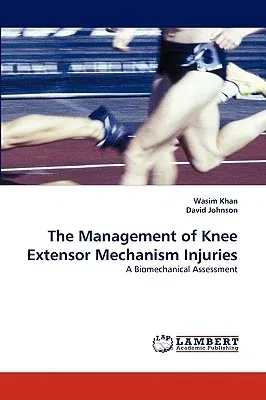Wasim Khan
(Author)The Management of Knee Extensor Mechanism InjuriesPaperback, 27 June 2010

Qty
1
Turbo
Ships in 2 - 3 days
In Stock
Free Delivery
Cash on Delivery
15 Days
Free Returns
Secure Checkout
Print Length
76 pages
Language
English
Publisher
LAP Lambert Academic Publishing
Date Published
27 Jun 2010
ISBN-10
3838345967
ISBN-13
9783838345963
Description
Product Details
Authors:
Book Format:
Paperback
Country of Origin:
US
Date Published:
27 June 2010
Dimensions:
22.86 x
15.24 x
0.46 cm
ISBN-10:
3838345967
ISBN-13:
9783838345963
Language:
English
Location:
Saarbrucken
Pages:
76
Publisher:
Weight:
122.47 gm

